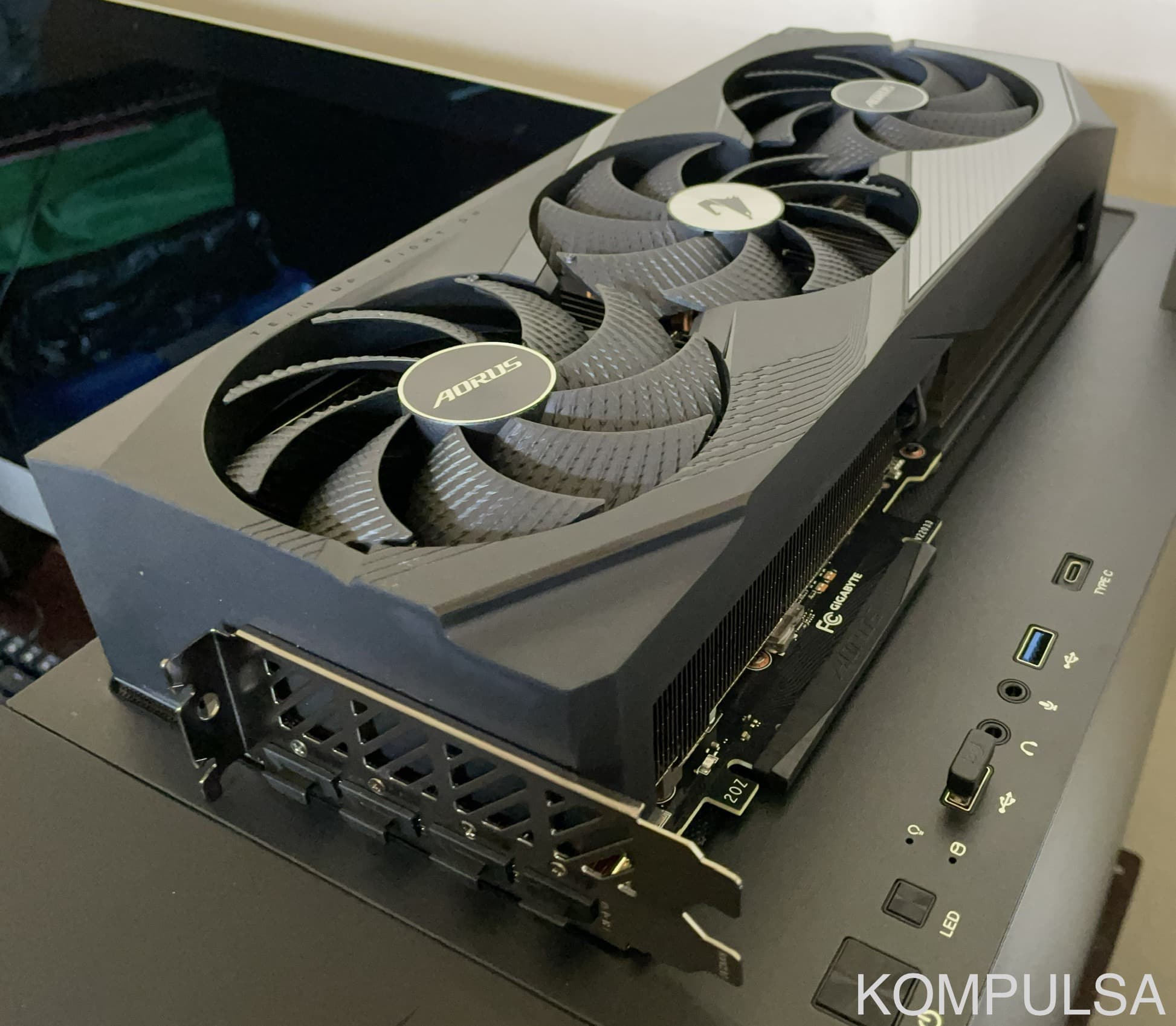Waste heat (in the context of machinery) is basically heat generated by a machine. The heat radiated by electricity generators can be used to heat water, boil water to produce steam (combined cycle power plants do this), and even heat rooms. Below I will briefly explain some waste heat recovery methods.
Contents
Combined Heat and Power/Cogeneration
General Waste Heat Use
All machines generate heat, and it can be recovered from them for various purposes. The viability of a waste heat source depends on how much heat it generates.
Combined Heat and Power/Cogeneration
Cogeneration is the process of using a generator to generate electricity and that involves using the heat generated by it to heat buildings, water, or something else. This is called Combined Heat and Power (CHP). Electricity generators waste most of their fuel as heat, and instead of generating more electricity to power electric heaters, which results in more fuel consumption, the ample amount of heat produced by the generator can be used to heat a fluid that flows through a radiator and use the radiator to heat rooms with or without a fan.
More detailed explanation: The generator would heat a fluid passing over it’s engine which would be pumped through a radiator which can have a fan attached to it. Heat would be transferred to the radiator’s coils and then fins from the fluid, and then the fan would pass air between those fins, causing the fins to transfer some of the heat to the air, causing the air to become warm.
Standard radiator operation: Heat from Generator > Fluid > Radiator Coil > Radiator Fins > Air.
Combined Cycle Power Plants
Combined cycle power plants utilize both a gas powered combustion engine such as a gas turbine and a steam turbine, each of which generates electricity. Gas turbines burn natural gas, gasoline, or other fuels to generate electricity, as do other combustion engine powered generators, but at a combined cycle power plant, the heat radiated by the gas turbine is used to boil water and produce steam which is then passed through a steam turbine.
This is a very efficient way to squeeze more electricity out of each litre of natural gas. The efficiency of combined cycle power plants is in excess of 60% which is the highest of all fossil fueled power plants. Even though both gas and steam engines like the ones I mentioned above are inefficient, when used in the combined cycle setup, they jointly achieve a high efficiency at least 18 percentage points higher than both gas turbines and steam turbines. Source.
In case you didn’t know, a gas turbine is a gas engine, and a steam turbine is a steam engine.




